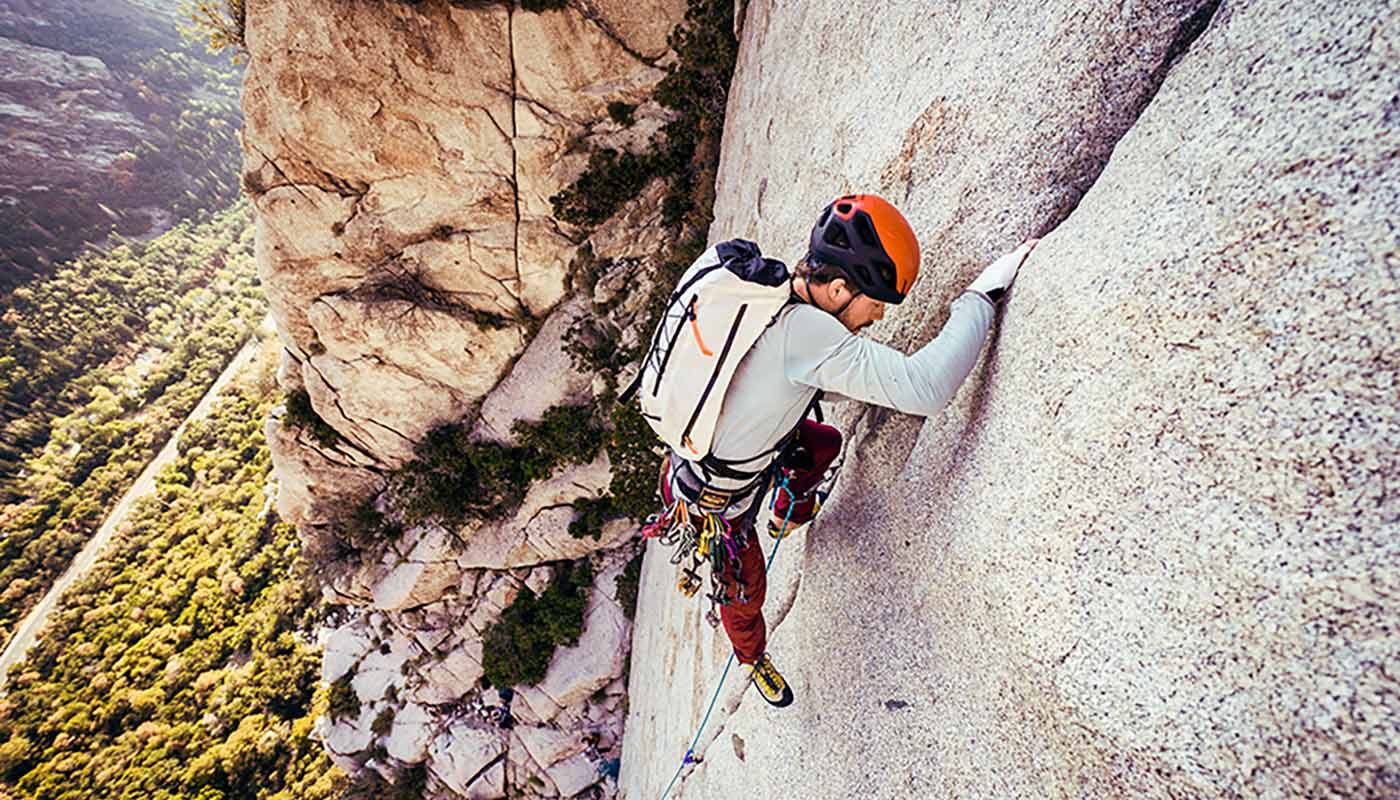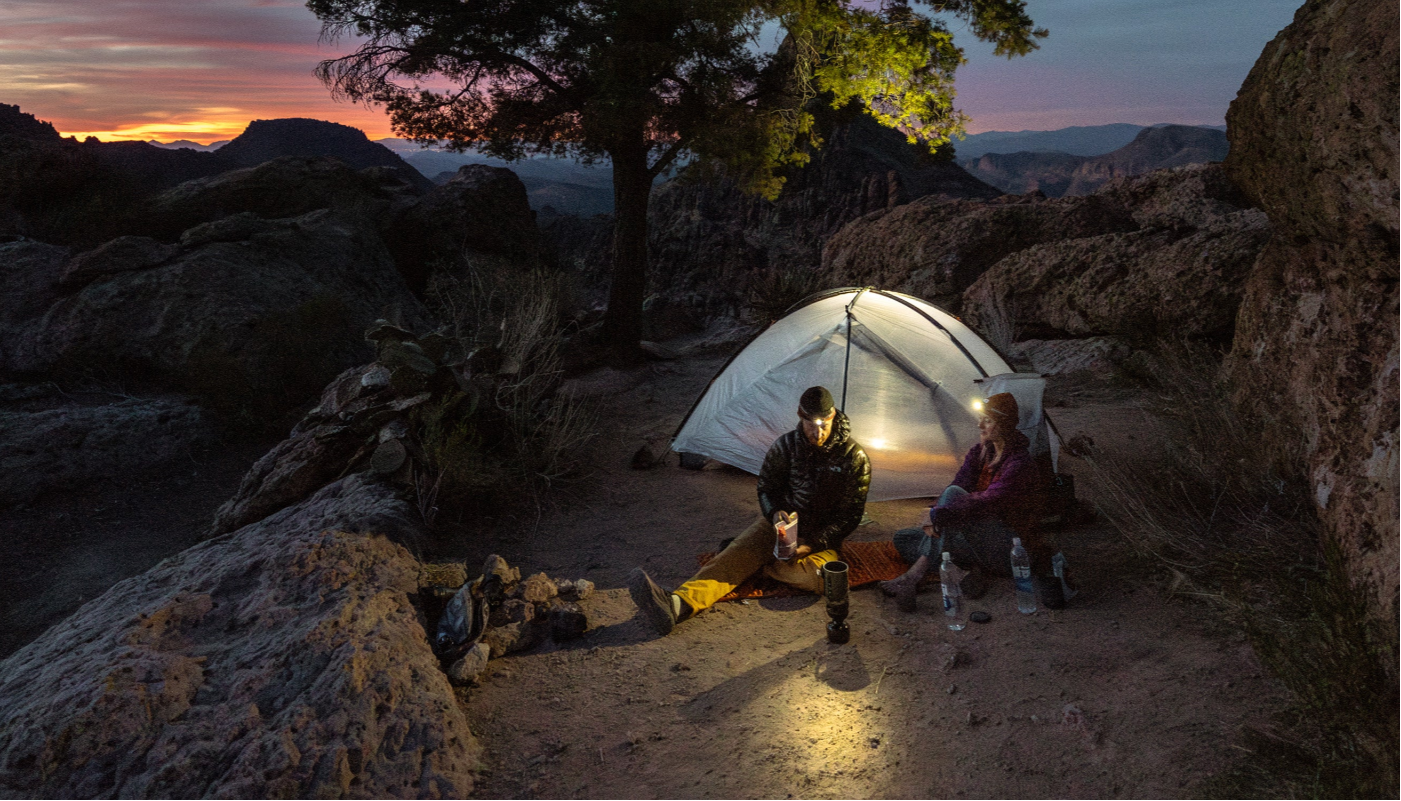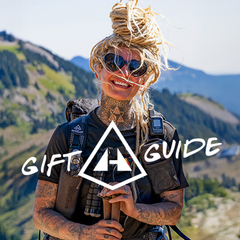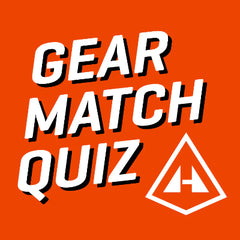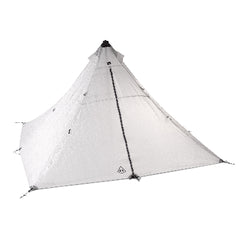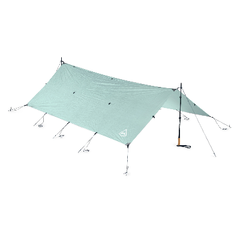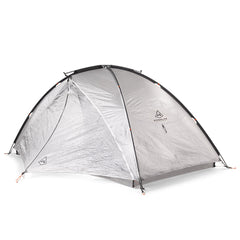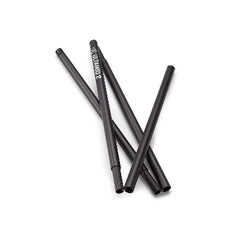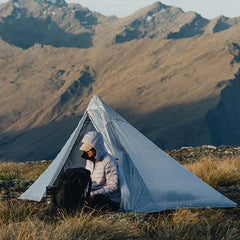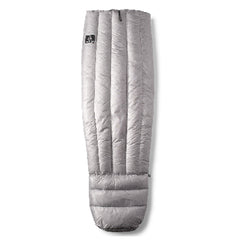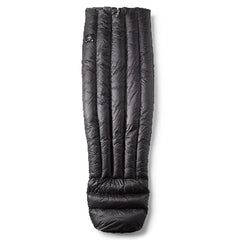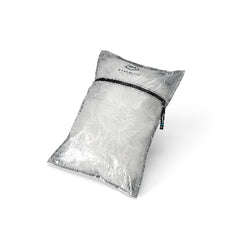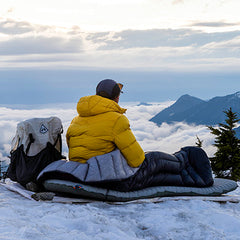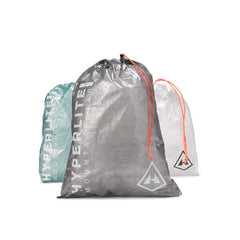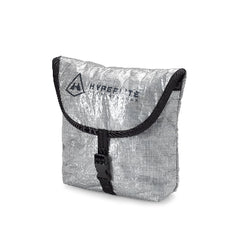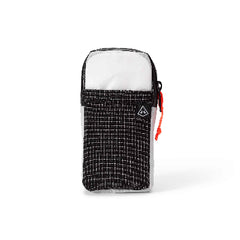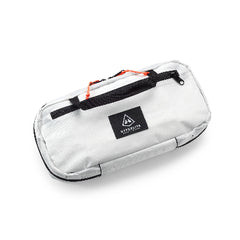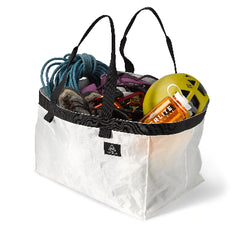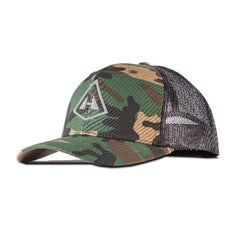Words and Photos by Peter Bugg @plbugg
With proper planning, a good group, and the right attitude, it’s possible to fit a whole lot into a regular, 48-hour, two-day weekend, which is exactly what my friends and I did a few weeks ago in mid-September. After hiding from the Phoenix sun all summer long, Jim, Mark, and I were eager to take advantage of autumn’s slightly cooler weather, so we met at my house on a Friday after work and headed north in search of adventure. I have found that 3.5-4 hours is usually the most I want to drive after working a full day, which still provides a variety of high quality options from Phoenix, including multiple locations inside and adjacent to Grand Canyon.
For this jaunt, we headed to the South Rim to explore Upper Hermit Canyon, which is situated to the west of Grand Canyon Village and sees very little foot traffic compared to the more popular central corridor trails. We had collected beta from a combination of previous trips, the Grand Canyoneering guidebook, and multiple weather-forecasting sites, and everything seemed to be working in our favor. After quick stops for burritos in Flagstaff and gas in Tusayan, we turned down a dark Forest Service road in the middle of a dramatic display of rain and lighting to find a campspot among the pine and juniper trees. We fell asleep to the serenading sounds of raindrops landing on our tents.

The best part about a Friday start is waking up on Saturday with a full day of making memories ahead, which is just what we had in store. Our internal clocks got us out of bed at a leisurely 6:30, caffeine delivery came via yerba mate, and then we packed up camp and drove the final couple of miles along dirt roads to the Waldron Trailhead, catching glimpses of some elk and turkey en route. Most of the technical side canyons in Grand Canyon are in the inner, lower canyon, requiring one to descend 3-4,000 feet from the rim before breaking out ropes to rappel to the river. We chose Upper Hermit for this trip because it’s in the higher layers of rock, and the higher elevation means cooler temps, still necessary at this time of year even for desert dwellers. From where we left the car at about 6,600 feet, we headed off trail at about 8:45 to find our drainage, and then followed the path of least resistance for a little under two miles and less than 1,000 feet of elevation loss until ropes were necessary to continue our descent. The ample vegetation made us dodge, duck, dip, and dive to keep moving forward, but the remains of an elk, a young bighorn sheep, and multiple birds intrigued us as we made our way down canyon, and the walls around us narrowed nicely.

We were well-prepared for the four rappels we encountered, all under 150 feet, and despite the rain the previous night, we were able to easily skirt the few pools of water in our path. By noon, we were done with the technical section and had finished picking our way down the drainage to meet back up with the Waldron Trail. At this point, we could have continued a counter-clockwise loop to take the trail back to the car, but we wanted to make the most of our weekend. We cached ropes, harnesses, helmets, and other rappelling gear we no longer needed, to be picked up on Sunday when we returned the way we came, and headed deeper into the park.

With lighter packs and better trails, we were able to move more quickly through the Hermit Basin, intersecting the Hermit Trail, and passing a few day-hikers on their way to and from the Dripping Springs seep. We began to get glimpses of the panoramic views of the inner canyon we were hoping for, and we eventually found some shade where we stopped for lunch before continuing on. I had hiked this final 3.5 miles of trail about a year and a half ago at the end of a trip and in the opposite direction, and had remembered it being pretty flat. By Grand Canyon standards, it’s not challenging, and the remaining clouds from Friday’s storm provided some enjoyable intermittent shade.

However, there was enough humidity that our sweat collected in the fabric of our sun hoodies instead of helping with evaporative cooling, and there was enough of an upward tilt to the trail that our energy began to flag before we got to camp. Sitting in the shade with a mile to go before our planned sleep spot, I asked the group if they wanted to press on or stay here for the night. Jim and I, the resident old men of the group, were willing to call it, but Mark the whippersnapper provided a much-appreciated spark that helped us complete the final push. And we were all glad he did.

One appeal of peak-bagging is the combination goal-setting, focus, and physical challenge. But if that were the only appeal, the specific destination wouldn’t really matter. I’m in it for the views. But some of Grand Canyon’s best vistas are feet from the car-parks, surrounded by distracting tourists visiting from around the globe. In order to leave the crowds, one is required to descend below the rim, but the field of vision becomes decidedly more narrow as you approach the Colorado River. Luckily our campsite for the night was a best of both worlds situation - we were 3,000 feet above the river, with 270º views for miles, and it felt like we had it all to ourselves. We set up camp, found some shade, aired out our feet and enjoyed the light show mother nature provided as the sun set over 1,900 square miles of wilderness. A variety of pre-packaged dehydrated dinners filled our bellies, and then we headed to bed, with visions of the Milky Way dancing in our heads.

Early to bed…early to rise. We awoke at first light and hit the trail by 6:15 in order to avoid the heat of the previous day. The slight uphill of the day before was much more pleasant in the opposite direction, and our moods were bolstered even further by comparatively fresh legs. We made quick work of the 4.25 relatively flat miles back to our gear cache - about two hours - and then climbed the final 1,300 feet and 2.25 miles back to the car by 9:45. To help pass time, we entertained ourselves by singing (poorly) as many sun-related songs as we could recall, including but not limited to:
• Mr. Golden Sun - Raffi
• Good Day Sunshine - The Beatles
• Black Hole Sun - Soundgarden
• Here Comes the Sun - More Beatles
• Steal My Sunshine - Len (had to look this one up once we had service)
• Blister in the Sun - Violent Femmes
• And many more

We stopped in Flagstaff for a lunch of deluxe sandwiches from Proper Meats, and we were home to our wives and girlfriends in Phoenix with enough time to shower, unpack, and get almost everything put away before dinner. I’ll spend the next two weekends taking care of tasks around the house before I head back out and do it again in mid-October.
NOTES ON GEAR
• For a one-night overnight at this time of year, I keep my clothing pretty minimal. Besides the clothes I was wearing, I brought a lightweight fleece, an extra pair of socks, clean underwear for sleeping, and a lightweight shell I did not need. It was warm enough that I could have gotten away with not bringing the fleece.
• On the other hand, the heat meant we carried significant water weight. We each started with 6-7 liters, which was the right amount for this combination of time, temperature, and a dry campsite. We all had enough left in our bladders when we got back to the truck that we were never concerned, and there were more cold beverages waiting for us in the cooler upon our return.
• After a summer backpacking hiatus, I think we were all a little rusty on our personal packing systems. We intentionally treated this as a warm-up/shakedown for our upcoming, more committing, “desert season” adventures. One example is I foolishly brought a 20º quilt instead of a 40º option that definitely would have saved me some weight and space and probably would have been more comfortable as well. As the saying goes, “You pack your fears.”
• Mark and I used 55L packs, which provided plenty of space, even carrying canyoneering gear and the water mentioned above. Jim opted for a 70L pack, which was overkill for this trip, but he wanted to test it out for a longer upcoming trip in November, where he plans to need more clothing and food capacity.

